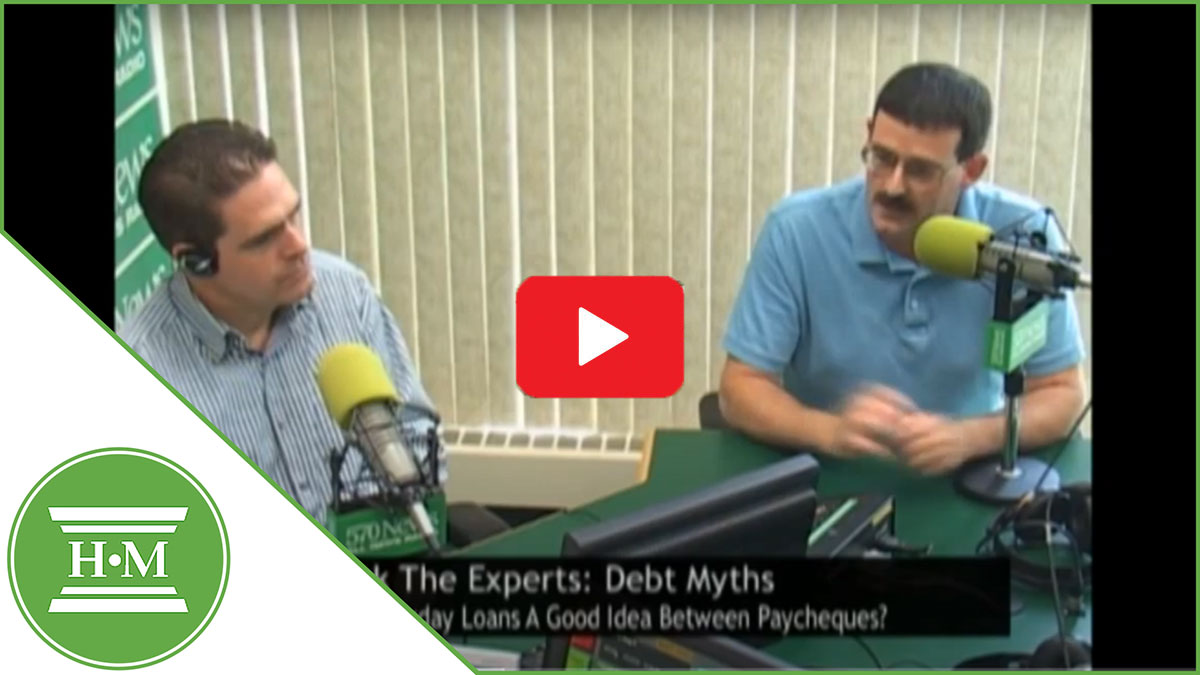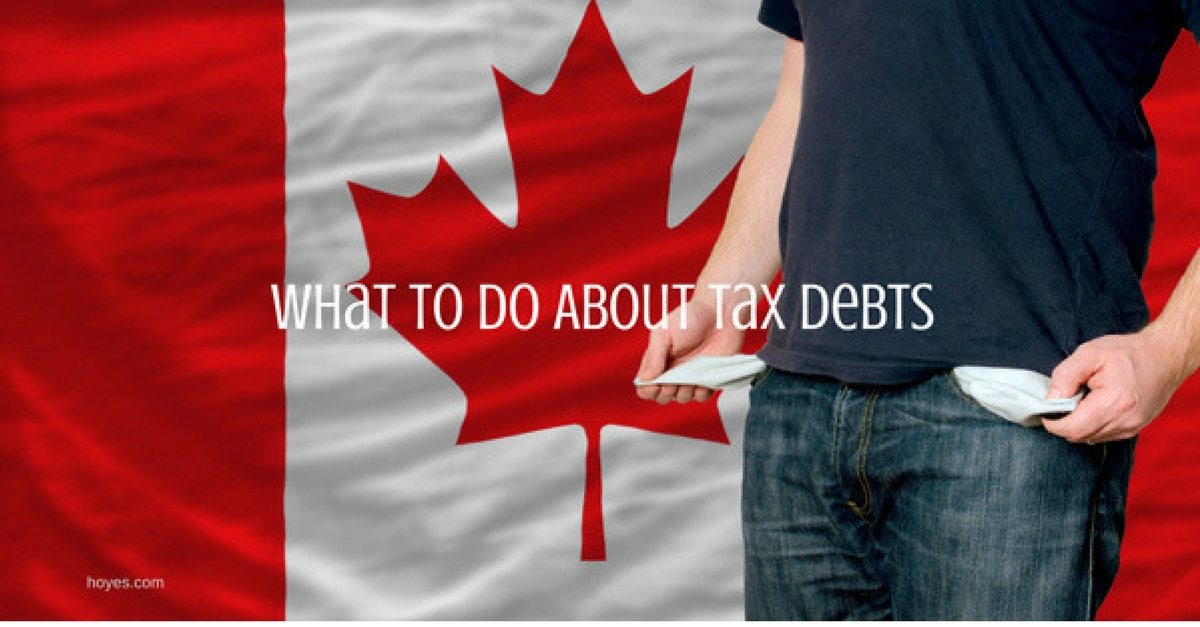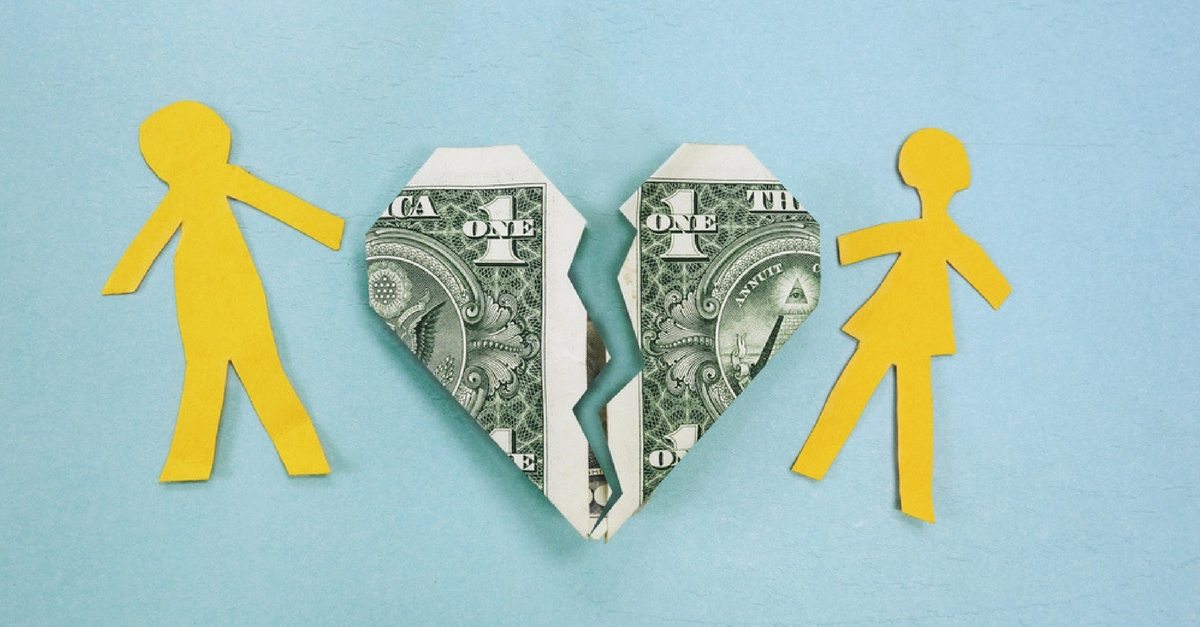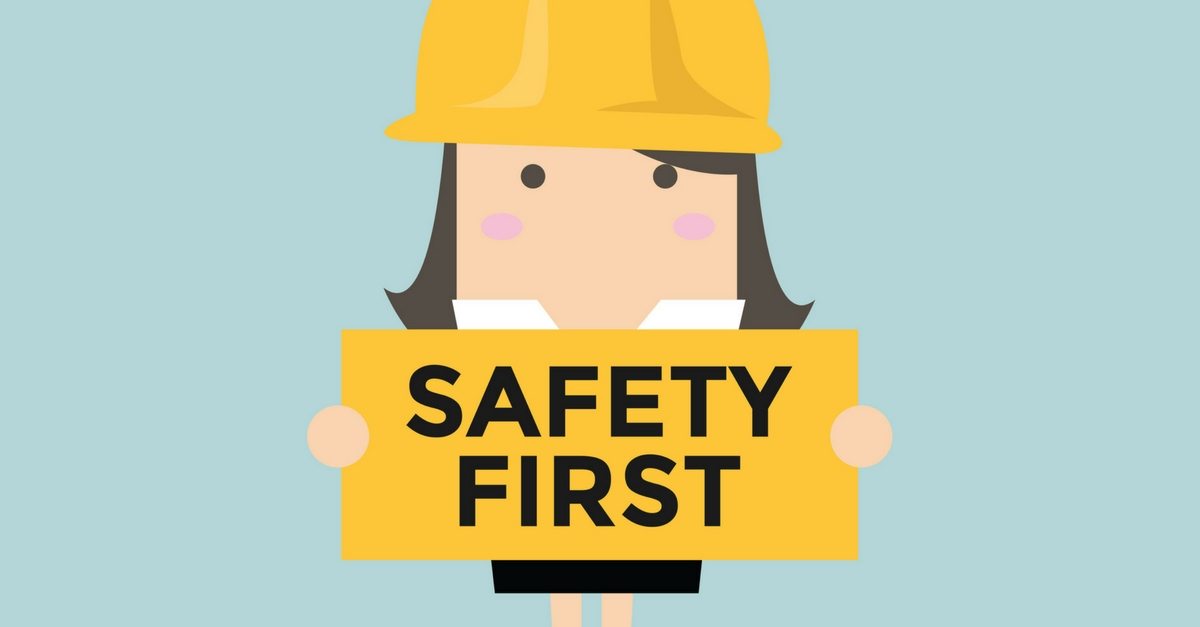
Once a bankruptcy or a consumer proposal is filed in Canada, a “stay of proceedings” kicks in.
What is a stay of proceedings?

Once a bankruptcy or consumer proposal is filed in Canada, a stay of proceedings kicks in. I’m Doug Hoyes, a Licensed Insolvency Trustee with Hoyes Michalos. People file insolvency for 2 reasons, to eliminate debt they can’t pay on their own and to stop creditor actions. Today I’m going to explain what a stay of proceedings does and why it’s important. A stay of proceedings means that unsecured creditors can no longer start or continue lawsuits and must stop collection actions. They must stay away. A stay of proceedings stops collection calls, wage garnishments, and stops creditors from freezing your bank account. The stay of proceedings in a bankruptcy or consumer proposal is automatic, it happens as soon as you file. Of course, it’ll take a few days for calls to stop, since it will take some time for the paperwork to be processed by your creditors, but the legal stay of proceedings is immediate. When you file a bankruptcy or consumer proposal you meet with your Licensed Insolvency Trustee, you sign the paperwork and then while you are still in our office we electronically transmit your information to the Office of the Superintendent of Bankruptcy, a division of the federal government, and we immediately get back a file number proving that you have filed. So, if 5 minutes later you get a collection call you simply say “Hey, I’ve filed bankruptcy or I filed a consumer proposal, here’s my Trustee’s phone number, talk to my Trustee”. The protection is immediate. There are exceptions to what a stay can do, a stay does not stop secured creditors. If you stop making your mortgage payments, your mortgage lender can foreclose on your home. If you stop making your car payments your car lender can repossess your car. However, if you keep up with your payments secured lenders can’t seize your house or your car just because you filed a bankruptcy or a consumer proposal. A stay can’t stop actions for debts not discharged by bankruptcy. So, a stay won’t stop garnishments for child or spousal support or repayment of debts due to fraud for example. If you have creditors threatening legal action, talk with a Licensed Insolvency Trustee because only an LIT can file a consumer proposal or bankruptcy and immediately get you the protection offered by a stay of proceedings.
People file insolvency to eliminate debt and to stop creditor actions while they do so.
What a bankruptcy “stay” means is that unsecured creditors must stop collection actions. Creditors are prohibited from launching or continuing lawsuits, and wage garnishments, against the bankrupt individual in question. Indeed, this automatic feature of bankruptcy law forbids creditors from contacting you at all.
Secured creditors, meanwhile, can still seize those assets you’ve provided as security if you don’t keep up with your payments.
How fast does the stay work?
The stay is automatic. It happens as soon as you file a bankruptcy or consumer proposal.
Filing for bankruptcy protection immediately negates any actions that have been started or are pending.
The trustee sends the stay to the bankruptcy court that is looking after your legal proceedings, and to your employer if there’s a garnishee underway, and should do so immediately after you declare bankruptcy. Creditor calls may take a few days to stop as notifications get sent and communication is filtered to the right departments.
It should be noted that the Stay of Proceedings does not apply to certain debts — including child support, spousal support and repayment of debts based on fraud or misrepresentation — that cannot be eliminated by bankruptcy law.
In part, the stay dictates:
upon the filing of a proposal made by an insolvent person or upon the bankruptcy of any debtor, no creditor with a claim provable in the bankruptcy shall have any remedy against the debtor or his/her property or shall commence a claim provable in bankruptcy until the trustee has been discharged or until the proposal has been refused, unless with the leave of the Court and on such terms as the Court may impose.
Typically, this arrangement is a cut-and-dried affair, with creditors and employers both understanding the intent of the stay and abiding by it faithfully. Sometimes, a bankruptcy trustee must threaten legal action because of a misunderstanding on the part of a stay’s intended recipient. And other times a creditor applies to the bankruptcy court to continue a specific legal action against you, and it is their right to do so if they can demonstrate that there are reasonable grounds for legal action.
If you have creditors threatening legal action, consider the benefit from a stay of proceeding provided under bankruptcy law.
Get creditor protection, stop the calls, stop the garnishments and eliminate debt. Give us a call at 1-866-747-0660. We can help.











